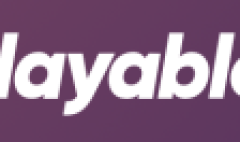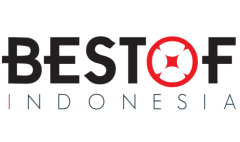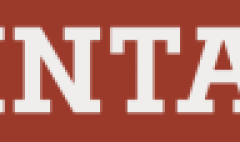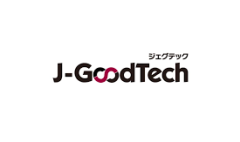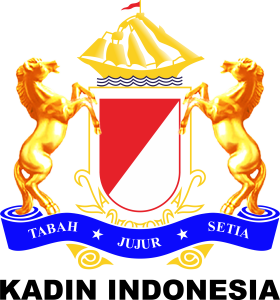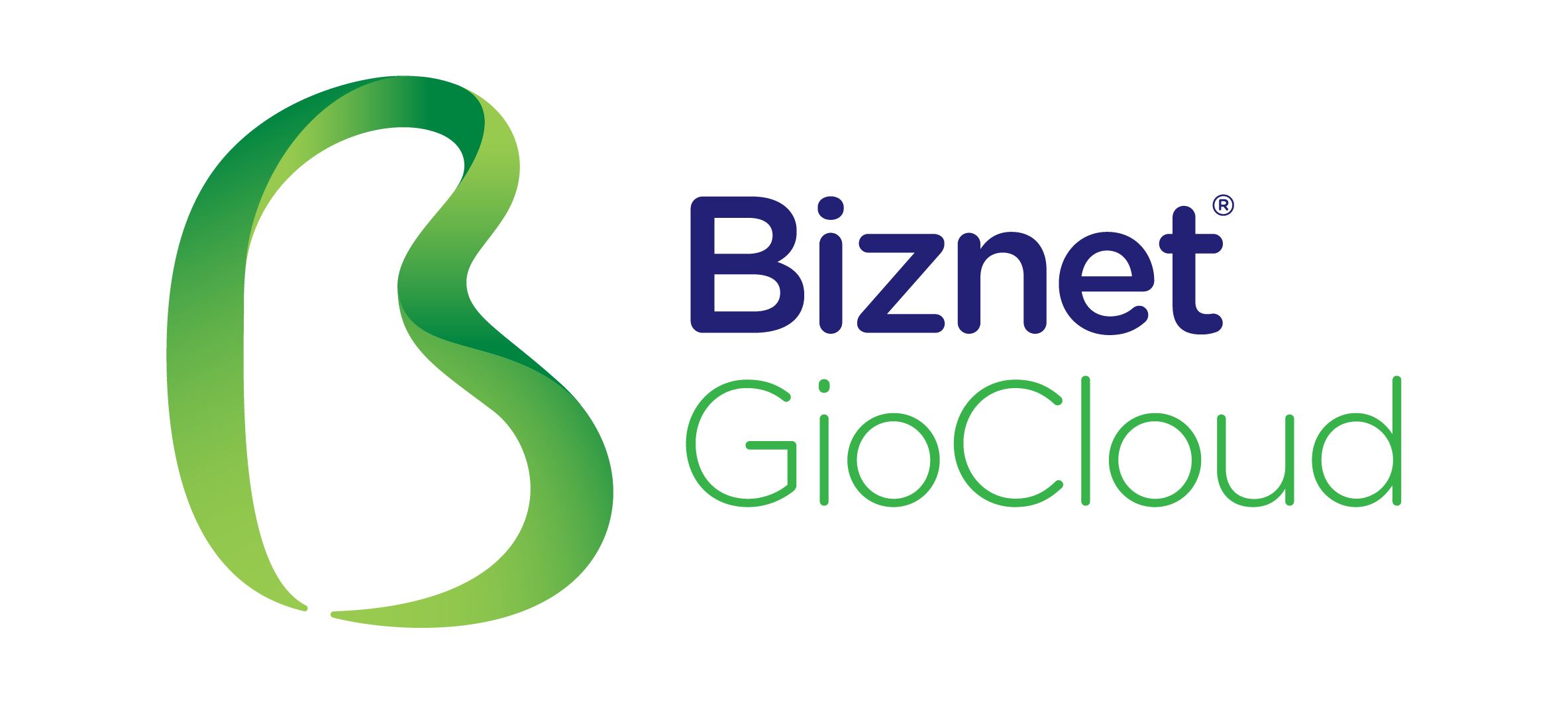Tahap Ketiga Melakukan Persiapan Ekspor: Market Entry
July 26, 2022 2023-01-19 14:26Tahap Ketiga Melakukan Persiapan Ekspor: Market Entry
The third stage of the export preparation comes under a sub category of Market Entry. This stage is further broken down into five important steps:
- Entering the Market
- Completing the Sale
- Export Requirements
- Import Requirements
- Transportation
This stage will explore different ways to export to Canada in order to choose the best distribution channel for the enterprise. This stage will review sales process and the steps involved, import requirements in Canada, documents and regulation considerations. This stage is in-line and must not be done before the first stage and second stage.
Entering the Market
There are four ways to deliver Indonesian products and services to enter the Canadian market
- Direct Exports: Manufacturer or service provider exporting directly to a buyer in Canada
- Indirect Exports: Manufacturer or service provider exporting through an intermediary in Indonesia which provides services in export transaction
- Incorporating the business in Canada
- Setting up a subsidiary in Canada
New exporters will benefit from indirect exports as choosing the right company will save enormous time and money. Forming a partnership will help your first experience exporting easier in discovering the Canadian market. Intermediaries are agents and brokers (Representatives), importers and distributors (Wholesalers Regional Depot), and trading houses. Direct export means your enterprise will sell to the retailers. Meanwhile, representatives will help you find trusted retailers they worked with previously, importers will find secondary distributors, and trading houses will bring your product or service to domestic manufacturers.
The margins along the distribution chain is important to understand what type of export your enterprise will prefer. In general importers margins average 10% of the wholesale price, wholesalers margins 30% on average, and commissions for brokers range from 3-10%. Mark ups depend on sector. Researching your preferred exporting method is important, when Indonesian enterprises are less experienced, produces in minimum volume, has not collected much knowledge about Canada, and does not have an English/French speaking staff, it is better to partner with an Indonesian intermediary. For those who are the exact opposite of the above, you may consider partnering with a Canadian intermediary.
Factors to consider when developing a market entry strategy
to Canada:
- What does the enterprise know about the Canadian
market? - How will the enterprise make key contacts? ]
- How is its product usually distributed in Canada?
- Does the enterprise understand the Canadian culture
and language (French/English)? - Will the enterprise need to make investments that they can afford (equipment, additional staff, etc.)
Canadian buyers usually look for these things in a supplier:
- Good value
- Competitive price
- Reliability in quality, supply, and delivery time
- Relationship and communication
- Competent and experienced staffs
- Follow-up service
- Innovative products
Completing the Sale
In completing the sale, a sales contract must be processed. Here are the key steps in processing the sales contract:
- Receiving an Inquiry, a buyer will send an inquiry regarding one of the products or services through email or phone and it must be acknowledge in a maximum of 24 hours since the inquiry was sent
- Quoting a Price, the exporter must prepare an export quotation or pro forma invoice to be as transparent as possible for cost, delivery, product, service, date of shipment, and payment terms
- Making an Agreement, when the buyer is happy with the two steps above, then they will send a Purchase Order, negotiations maybe possible to happen
In securing a sales contract there are a few tips:
- First impression is key
- Sending samples of products
- Trial orders
Export Requirements
General Requirements:
- Legal entity in the form of CV, General Partnerships, PT, Persero, Perum, Perjan, and Cooperative
- Must have NPWP of Taxpayer Identification number
- Must have license issued by the government such as Business license (SIUP) from Kemendag and BKPM and Export Identification Number (APE) from Kemendag
Manufacturer Exporter Requirements:
- Complete the form (for manufacturer exporter) provided by Department of Industry and Commerce in the District/City or Provincial level and related technical institutions.
- Obtain Industrial Business License.
- Obtain NPWP (tax identification number).
- Submit the export realization report to the Department of Industry and Commerce or appointed institutions and officials (regularly every three months) and have it validated by a foreign exchange bank by attaching the letter of statement of non-involvement of tax arrears, banking arrears, and custom issues.
Non-Manufacturer Export Requirements:
- Complete the form (for non-manufacturer exporter) provided by Department of Industry and Commerce in District/City or Provincial level and related technical institutions.
- Obtain Trading Business License.
- Obtain NPWP.
- Submit the export realization report to the Department of Industry and Commerce or appointed institutions and officials (regularly every three months) and have it validated by a foreign exchange bank by attaching the
letter of statement of non-involvement of tax
arrears, banking arrears, and custom issues.
Taxable good must be paid before delivery. Products that are subject to Indonesian export tax include rattan, wood, oil palm, and animal skin or rawhide.
Other regulations regarding exports can be found on the web site of the Ministry of Trade of the Republic of Indonesia (www.kemendag.go.id), in the News menu.
Import Requirements
Indonesian exporters working with partners must make sure that their partner acknowledged Canadian import requirements such as:
- Canadian Border Services Agency
- Canadian Food Inspection Agency
- Other Government Departments
Documents include:
- Bill of Lading or Airway Bill
- Cargo Control Document
- Certificate of Origin (Form A)
- Canada Customs Coding Form (Form B)
- Commercial Invoice
- Inspection Certificate
- Export Permits
- Import Permits
- Packing List
- Insurance Documents
Transportation and Logistic
There are a few options to get Indonesian goods to Canada:
- By ocean
- By Air
- By Train and Truck
When talking about these options, there are intermediaries available in helping transport, logistics, and distribution such as:
- Freight Forwarders
- Consolidators
- Custom Brokers
Source: Canada-Indonesia Trade and Private Sector Assistance Project. (2016). A Step-by-Step Guide for Indonesian SMEs to Export to Canada citation.


